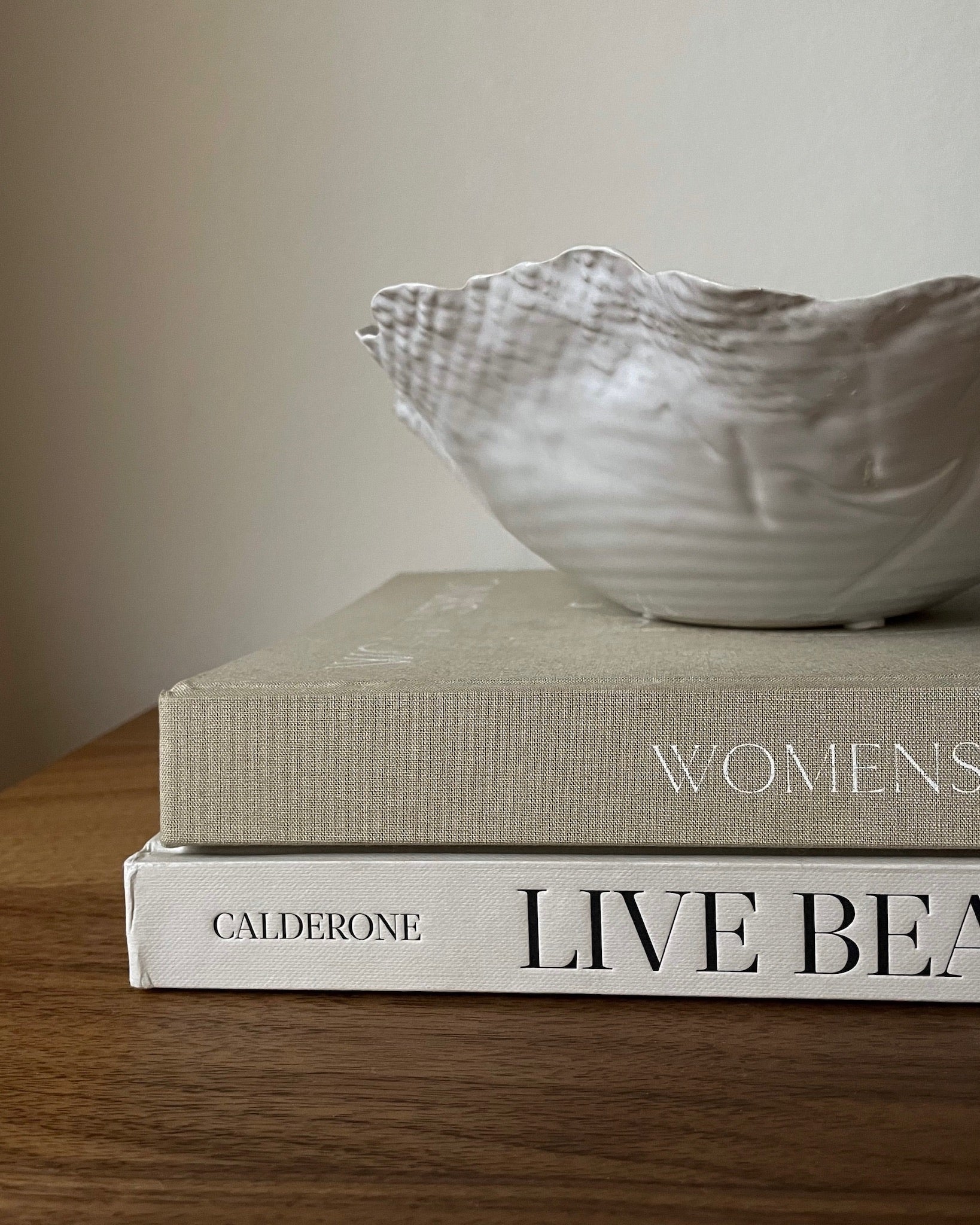Today we're going to dive deep into the basics of the menstrual cycle. We will get into everything you wish you knew from the time you were young such as; What is a "normal" menstrual cycle? How much is normal to bleed? How do I know if I have a "real" period or not? Am I ovulating? We will go into all this and a little more in today's post!
Menstrual cycle and health – two sides of the same coin
Today, many people see the menstrual cycle as something separate from our health, but this does not give a true picture of how our body works as the menstrual cycle is a central part of our health. The menstrual cycle is considered to be a woman's fifth sign of health, along with blood pressure, heart rate, breathing and body temperature. It is as important a sign of health as the others. This means that if you do not have a menstrual cycle (missed period), have a heavy and/or painful period or experience various symptoms linked to the menstrual cycle, it is information from the body that something is not completely in balance. One of the gifts of being cyclical as a woman is that every month we get a "receipt" of how the body feels on the inside (how cool?!). The power lies in understanding the body's signals and how we can thereby influence the outcome of our menstrual cycle through tools in our lifestyle. We have great opportunities to influence our menstrual cycle, we just need to learn to understand how it works and what affects it.
Is my menstrual cycle normal?
To determine whether your menstrual cycle is "normal" or not, you must first understand the difference between a "real" period and a so-called withdrawal bleed. If you have a menstrual cycle without the influence of hormonal contraceptives, your ovaries produce estrogen which causes your endometrium to grow, develop and thicken during the first half of the menstrual cycle; phase 1 and phase 2 (which is also called the follicular phase). During the second half of the menstrual cycle; phase 3 (also known as the luteal phase), your ovaries produce progesterone which causes your uterine lining inside your uterus to mature as it prepares for an egg to attach. A real period can only happen when we have ovulated (here you can read everything you want to know about ovulation ). What happens when we get our period is that the uterine lining that has been built up releases and bleeds out as a period when the egg has not been fertilized and attached to the uterus. In order for you to develop a healthy endometrium (which then becomes your period), your ovaries need to produce enough estrogen and progesterone to create and maintain it.
If you ovulate during your menstrual cycle, your period will come about 12-16 days after that. Some women have a shorter phase 3 (luteal phase), that is, the number of days from ovulation to menstruation, which can be an indicator that your ovulation is not strong enough. If you haven't had your period after 16 days, it's an early sign of a possible pregnancy ( you can read more about it here ).
Is it my "real" period or is it a withdrawal bleed?
For example, if you're on the pill, you do n't have a real period, but instead have something called withdrawal bleeding , as the pill shuts down your ovulation and you don't get a real period. If you have just come off the pill, it may take a while for your body to recover, which means that it may take time to understand how your real menstrual cycle works and feels (if you are thinking of stopping the pill, we recommend you to read this blog post) .
How much is normal to bleed?
You are unique. Exactly how much you bleed varies from woman to woman. What studies show is that the average amount of bleeding during a period is about 25-80 ml.
How many days is normal to bleed? Your phase 1 , i.e. the days you have your period, can vary from 3-7 days where the average is 4-5 days. Most of the time, you bleed more in the first few days and the period decreases as the days go by.
Help, I think I'm bleeding too little?
If, for example, you bleed a little (under 25 ml), it may be a sign that your endometrium is not thick enough. Bleeding a little can also be a sign that your hormone levels are too low to stimulate the growth and development of your endometrium (this is for example common if you have missed periods/HA when your estrogen levels are low). In order for you to become pregnant and for an egg to attach, your endometrium needs to be sufficiently thick and developed. It is important to remember that the thickness of your endometrium is not the only factor that determines whether you can get pregnant, but it can be an important aspect to pay attention to. Also remember that we are all different so it is completely normal that we bleed differently and there is no "magic" number for how much you should bleed each cycle.
Am I bleeding too much?
Having heavy bleeding and bleeding a lot is something that is more studied. If you bleed more than 80 ml and/or for more than 7 days, you may have something called menorrhagia (we know such a complicated word), but what this means is that you meet the criteria for a very heavy period. Having heavy and painful bleeding is often associated with diagnoses such as endometriosis , fibroids or polyps on the endometrium. Sometimes there can also be a connection to thyroid problems. Having heavy bleeding is often related to an imbalance between estrogen and progesterone, if you have too much estrogen in relation to estrogen, the risk is greater that you will have heavier bleeding. If you have a very painful, heavy and prolonged period that affects your mood and hinders you in your everyday life, seek help!
So how much is actually normal to bleed?
Exactly how much we bleed is individual and is influenced by factors such as how tall you are, whether you have children, how big your uterus is and genetics. If you know that you have always had lighter bleeding or more towards the heavier side, it may be normal for you. There is no "perfect" amount, but there are certain guidelines that it can be good to adhere to. What can be important to pay attention to is if it suddenly changes, then it can be important to check. If you have a period that affects your mood and hinders you in your everyday life, seek help!
How do I measure how much I bleed?
Measuring how much you bleed is relatively easy. See below to get an idea of how you might think:
- Smaller tampons/pads fill about 3 ml of blood when completely filled
- Between tampons/pads fill approx. 4 ml when they are completely absorbed
- Larger tampons/pads fill approx. 8 ml when fully absorbed
- Extra large tampons/pads fill approx. 12 ml when fully absorbed
- If you use a menstrual cup, a medium-sized menstrual cup usually holds about 30 ml of blood.
So to get an idea of how much you bleed during your period, the best way is to write down how much you wet in a tampon, pad or menstrual cup and how many times you change during a day.
Is it normal to have pain during periods?
Just because it's common to have pain or experience various PMS symptoms linked to your menstrual cycle doesn't mean it's normal or something you should live with. If it is the case that you need to take painkillers in connection with your period or that you cannot function "normally" in everyday life, it is a sign that something is not quite right. It is natural to feel various changes during the course of the menstrual cycle, it is part of being cyclical. However, there is a difference between feeling changes versus not being able to function in everyday life.
Many of our reproductive processes in the body such as ovulation, menstruation and labor are inflammatory processes. When you think of menstruation as an inflammatory process, it becomes pretty obvious that when the "normal" process is disturbed in any way, it can lead to more pain or increased bleeding during your period.
Approximately 20-90% of all women who suffer from painful periods and heavy periods or infertility have something called endometriosis . It is therefore important to take women's pain seriously and investigate it (you can read more about endometriosis here and here ).
So to summarize what we read:
You can only have a "real" period if you have ovulated (that is, not on birth control pills or minipills)!
A normal period lasts between 3-7 days where you bleed more at the beginning and where the period then decreases as the days go by.
The average amount of blood you bleed during your period is around 25-80ml.
Painful periods are not normal.
Painful and heavy bleeding can be associated with endometriosis .
If you want to learn more about your female biology and what affects it, we recommend you read Womensync - For a life in sync with your female biology .

